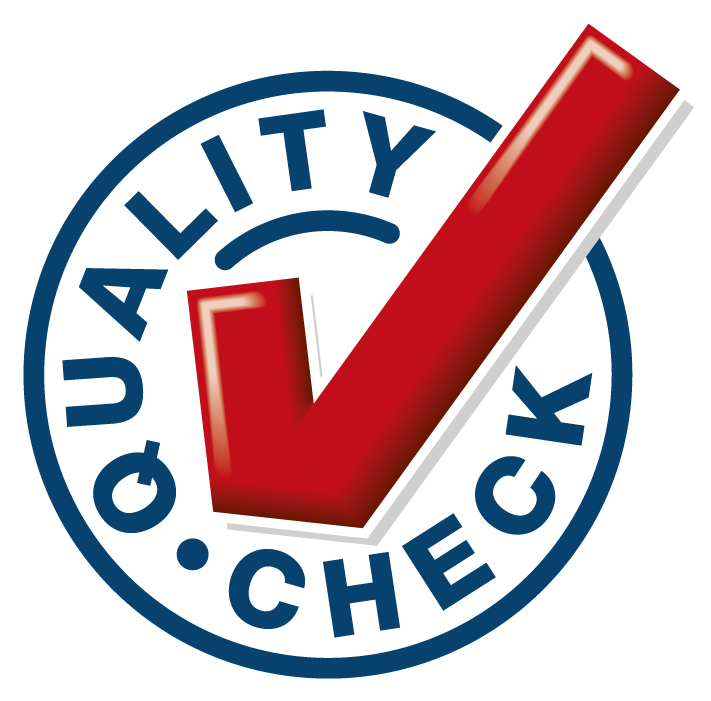Quality Checks to Address Before, During, and After Cloud Migration

Cloud computing has become an inevitable solution in today’s world. While it is a no-brainer that most organizations have either migrated to or are considering a move to the cloud, the stakes for cloud providers and consumers are quite high. These facts make the cloud computing world very nimble and dynamic on the business and implementation sides. For example, there continues to be a strong competition among providers, with each trying to build an edge over the other in every way possible.
Gartner’s latest report continues to rank Amazon AWS and Microsoft Azure in a close race for first and second positions, while Google is still a distant third. Google, on the other hand, is weighing in all options, with a strong acquisition strategy to push its way up the rankings. While Amazon and Microsoft’s positioning are clearly above the rest, this does not give them complete market monopoly—they continue to keep innovating and executing to retain their leaderboard positions.
From an adopter's standpoint, the cloud has immense value to bring to the table, but a cloud migration effort is no small feat. From reliability and quality standpoints, a lot has to be planned to ensure a smooth transition covering the before, during, and after migration phases, and the challenges to mitigate are non-negligible. Some of the core quality checks to address include:
Before Migration: requirements are mapped out over a proof of concept setup; test cases to test for smoke and regression are identified; component migration priority is determined; balance between the manual and automated test suites is finalized; known application issues are kept handy; integration checkpoints are finalized, live environment is benchmarked for performance; backup plan for downtime is chalked out; among others
During Migration: sanity is tested on the proof of concept environment and the server load is gradually increased; identified tests are gradually and incrementally tested for in phases as and when migration happens; a roll back plan is in place; live data is collected as required during the migration
After Migration: once the cut off date is identified and completed, all identified tests are run; data before and after migration is compared and signed off; reliability of data, uptime, and integration of modules are all monitored on an ongoing basis; service level agreements guaranteed by the cloud service provider
The value from moving to the cloud needs no selling; however, the entire cloud business is a very competitive space that requires close attention and involvement of all entities, whether you are a cloud provider or a consumer.


Hi
Really a nice article. Subject well covered and useful.